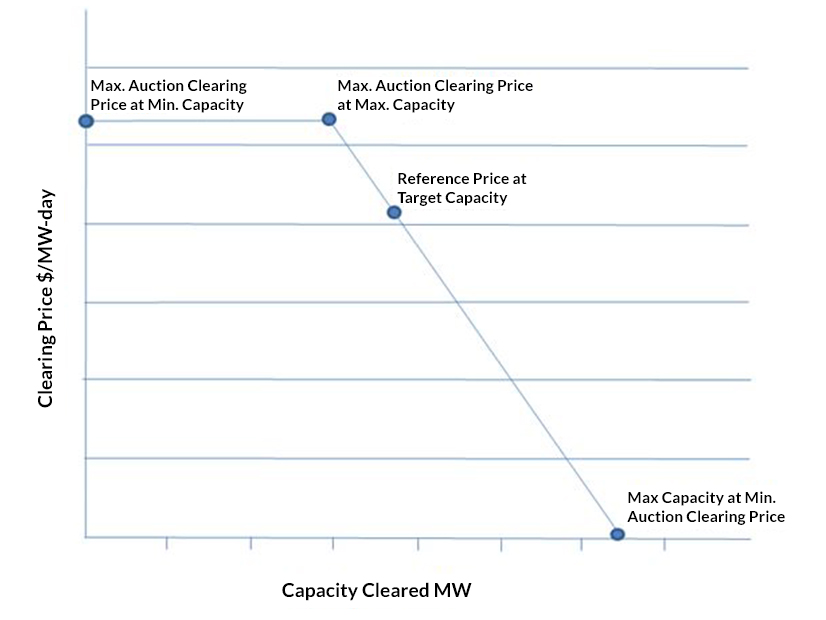At NERC’s final board meeting of 2025, Chair Suzanne Keenan reminded trustees that the ERO’s “mission is simple to say, but enormous to carry.”
“We don’t get the luxury of getting it wrong, and with the system changing fast and demand growing even faster, the stakes keep rising,” Keenan said. “I often think about what this will look like a decade from now, and I imagine a more settled landscape — still challenging, but steadier — where people look back and recognize how this industry rose to the moment, how we embraced change, pushed each other, trusted each other and stayed relentlessly focused on our mission.”
Keenan’s remarks set the tone for the brief but busy Dec. 5 meeting, in which trustees approved updates to the board’s committee structures and assignments, a proposal to retire a regional reliability standard, the ERO’s 2026 work plan priorities and its 2026/28 Reliability Standards Development Plan.
The committee reorganization included: the creation of a new board committee, the Engagement and Outreach Committee; and the disbanding of the Technology and Security Committee, which has overseen the Electricity Information Sharing and Analysis Center and the board’s information technology and information security programs. The new committee will take over E-ISAC oversight, while the Finance and Audit Committee will oversee the IT program. Oversight of information security will be assigned to the full board.
TSC Chair Jane Allen, who will transition to head the EOC, explained to the board the new committee’s goal will be “making sure that the things that NERC produces, the information, reports, standards, etc. [are] getting to the right people at the right time.” Keenan said the EOC’s responsibilities, in addition to E-ISAC oversight, will include “deepening NERC coordination with regional entities to reach decision-makers across North America.”
Keenan presented the board’s committee leaders for next year. Chairs for the committees will remain largely the same as 2025, except for Allen moving from TSC to EOC and Trustee Ken DeFontes taking over leadership of the Nominating Committee. Other committee chairs are:
-
- Corporate Governance and Human Resources: Kristine Schmidt
- Regulatory Oversight: Rob Manning
- Finance and Audit: Colleen Sidford
- Enterprise-wide Risk: Jim Piro
Schmidt brought to the board a proposal from the governance committee to set compensation for trustees designated as liaisons to or members of NERC’s standing committees, task forces or working groups to $7,500 or $10,000 per year, respectively. Liaisons are assigned to monitor and observe a standing committee or other group, while members are expected to fully participate in the group to which they are assigned.
NERC’s bylaws now state that the board’s liaisons to the Standards Committee and Reliability and Security Technical Committee — both roles filled now by Trustee Sue Kelly — be paid $7,500 per year. However, the bylaws make no provision for liaisons or members of other committees or groups. Schmidt said the rule change was intended as “a recognition of the effort” that such participation requires.
She added that the committee did not expect the board to assign trustees to committees, work groups or task forces on a regular basis, but “only under extreme circumstances when the board and the CEO feel that it’s necessary.” The board voted unanimously to approve the committee reorganization and the compensation proposal.
Standard Retirement and Development Plan Approved
Trustees also approved the retirement of regional reliability standard BAL-002-WECC-3 (Contingency reserve).
The standard, adopted by NERC’s board in 2019, “specifies the quantity and types of contingency reserves required to ensure reliability under normal and abnormal conditions,” the agenda said on Page 18. Under the standard, an entity must hold reserves based on 3% of load and 3% of generation, which NERC staff wrote is “more stringent than” NERC’s continent-wide standard BAL-002-3 (Disturbance control standard — contingency reserve for recovery from a balancing contingency event).
NERC Director of Standards Development Jamie Calderon told trustees that WECC has considered retiring the standard since 2020 and concluded earlier in 2025 that “the additional reserve requirements did not demonstrably improve reliability and instead created inefficiencies that hindered variable generation integration.”
NERC posted the proposal for a 45-day comment period that ended Oct. 30, with most comments supporting the retirement. Calderon said ERO staff recommended the board support the proposal as well, which trustees did without objection.
Finally, trustees accepted the Reliability Standards Development Plan for 2026/28. The RSDP includes time frames and resources for all standards development projects expected to begin during the relevant time period, and is subject to change based on standard authorization requests or FERC directives received prior to the plan’s submission to FERC.


